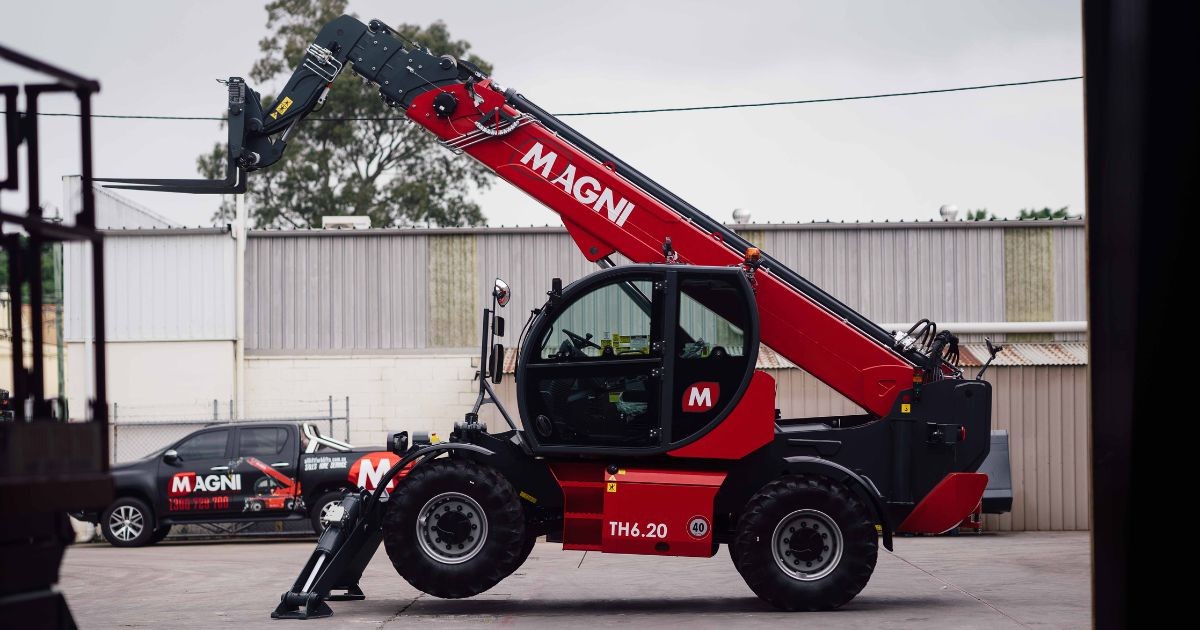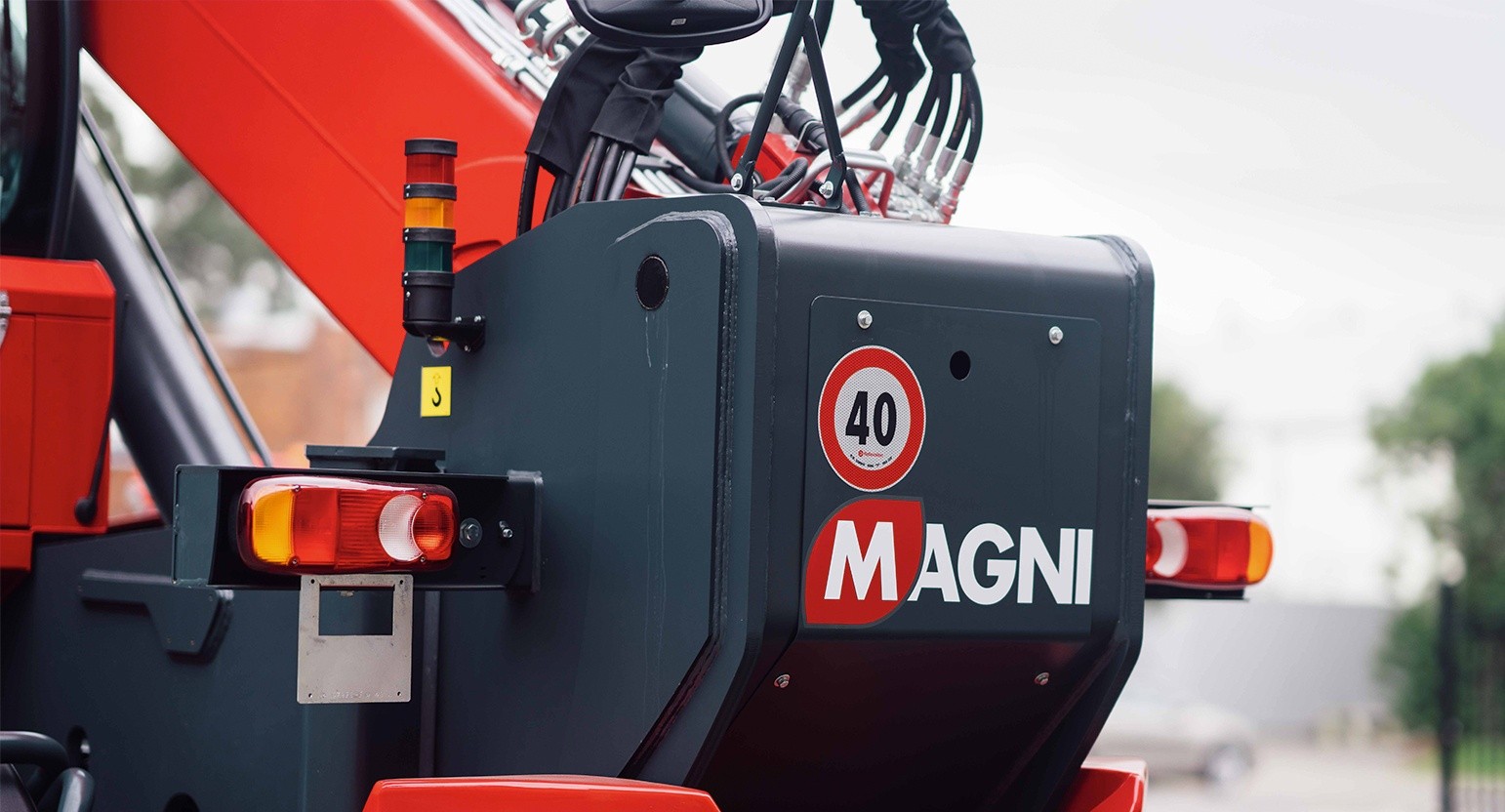What is a telehandler?
In case our passion for the industry hasn’t been said enough, we absolutely love machines and the incredible work they do for worksites across the country. With it being our day-in-day-out focus, we often forget that breaking down what the machines are and what their actual function is, might be handy to a lot of people. So, with that, we thought we’d start with the Telehandler. Here’s everything you need to know about this beaut of a machine.
Telehandler explained
Telehandlers (telescopic handlers) are a multipurpose load lifting machine that is typically used for construction, farming, industrial, mining, agricultural industries and some warehouse work if needed.
Telehandlers are hybrid and manoeuvrable. You’re able to use it for the load lifting forklifts offer, and the lift range of cranes. They also include a telescopic boom that includes an ability to add on attachments for a range of functions and telehandlers can greatly improve the productivity of your worksite.
These machines are great for multi-requirement jobs and, although you need certain licencing to be approved for operating a telehandler, very often if you’re licenced to operate a forklift, you should be able to organically understand this machine.

What is a telehandler used for?
Given their hybrid design, telehandlers have multiple uses not just forks, including attachments for hooks, EWP baskets, buckets, cylinder grabs and tree cutters, being able to move up and down like a forklift as well as backwards and forwards with a still base.
The specific hydraulic functions of a telehandler are:
- Stabilisers - to extend and retract, and go up and down
- Boom lift - for moving the load arm up and down
- Boom extend – for telescopic extension and retraction requirements
- Tilt - this makes the telehandler attachment tilt forwards and backwards
- Auxiliary function – This is the extra hydraulic function to move the hydraulic attachment which could be a drill rig, auger or any other special attachment required.
- Steering - three types of steering; compact (lifting capacity 2.5 tonnes and reach of up to 5.6m), standard (lift range between 6 and 11m, and up to 4 tonne weight), and high load (over 7 tonne weight and up to 10m lift).
- Frame levelling - to level the machine with the axle when on unstable terrain.
Telehandlers typically perform lift and place type tasks, and have a greater range of movement than forklifts when in the one spot. This means that narrow areas are supported by the functionality of telehandlers.
Telehandlers are ideal for mining and gas applications, with custom modifications to suit the needs of mining sites and gas infrastructure products.
What are the benefits of a telehandler?
Versatile
Telehandlers’ interchangeable attachments mean they meet the brief on a wide range of jobs, making them very efficient on the work site. They have the capacity to move materials easily, and lift heavy materials even in more difficult locations, especially given the range of small and big telehandlers available. Magni Telescopic Handlers really are the leaders in this with their factory load management system and special range of attachments.
On and off-road capacity
Telehandlers can be driven on-road, or off-road on rougher terrain without affecting their effectiveness or stability. This is due to the attachments that can be used to stabilise the telehandler, making them safe for higher risk work such as powerline placement, despite the ground’s surface.
Safety
Telehandlers are able to do the work of multiple machines, which not only improves productivity, but also safety with mitigation of risk due to less machines on site, and taking the literal load of heavy lifting work that eliminates manual attempt risks. Telehandlers, with licenced operators, are known to be a reliable and safe machine to have on site.
Looking for telehandler hire on your next job or project? Call our team today!






